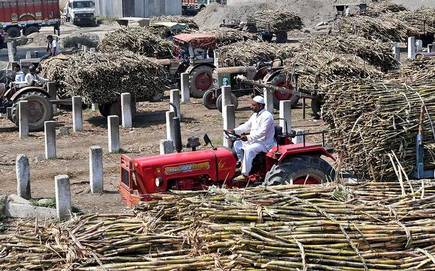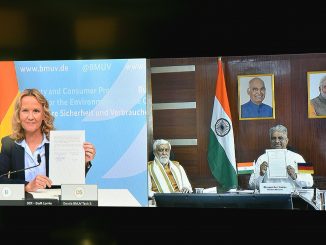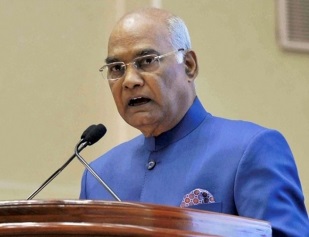
Government of India approved a 8% increase in the Fair and Remunerative Price (FRP) for sugarcane to ₹340 per quintal for the upcoming 2024-25 season. The decision is expected to impact over 5 crore sugarcane farmers and comes at a crucial juncture as India confronts a 7.6% decline in sugar production between October-December, 2023. Despite already having the world’s highest sugarcane prices, the government emphasises its commitment to ensuring affordability for consumers. The FRP approval unfolds against the backdrop of concerns about the labor-intensive nature of sugarcane harvesting, prompting some farmers to shift to alternative crops..
IndianBureaucracy, New Delhi, February 22, 2024: The Cabinet Committee on Economic Affairs, chaired by Prime Minister Shri Narendra Modi, approved the Fair and Remunerative Price (FRP) of ₹340/quintal for sugarcane for the upcoming 2024-25 season. This is 8% increase from the current season (october 2023-September 2024) and is set to take effect from October 1, 2024, directly impacting over 5 crore sugarcane farmers.
The recently approved Fair and Remunerative Price (FRP), surpassing the A2+FL (actual paid-out cost plus imputed family labor cost) by 107%, is anticipated to elicit positive responses from the sugarcane producers’ community. Despite already having the world’s highest sugarcane prices, the Central Government aims to ensure affordable sugar for Indian consumers.
Under this approval, sugar mills will pay ₹340/quintal at a 10.25% recovery rate. For every 0.1% increase in recovery, farmers will receive an additional ₹3.32, with a corresponding deduction for a decrease in recovery. Even at a recovery rate of 9.5%, farmers are assured a minimum price of ₹315.10/quintal.
As per statement released by the Cabinet Committee on Economic Affairs (CCEA) Government of India has already cleared and disbursed 99.5% of cane dues for the 2022-23 season and currently the sugar sector has the lowest outstanding cane arrears in its history. Government interventions have rendered sugar mills financially self-sufficient since the 2021-22 season, eliminating the need for financial assistance. Nevertheless, the Central Government maintains its commitment to Assured FRP and Assured Procurement for sugarcane farmers.
Sugarcane harvesting relies heavily on a substantial workforce of migrant laborers, crucial at every labor-intensive stage, from sowing to harvesting. Limited use of machines, mainly due to their high cost, characterizes the process. The labor-intensive nature of the crop has led to diminishing profit margins for farmers, prompting many to opt for alternative crops, abandoning sugarcane cultivation.
Between October 1 and December 31, 2023, Indian mills recorded a sugar production of 11.21 million metric tons, reflecting a 7.6% decrease compared to the previous year. The reduction is attributed to decreased output in Maharashtra and Karnataka, two prominent sugar-producing states, according to the National Federation of Cooperative Sugar Factories. Specifically, Maharashtra’s sugar production declined from 4.74 million tons to 3.82 million tons, while Karnataka saw a 10.1% decrease, producing 2.4 million tons during the same period, as indicated in a statement from the National Federation of Cooperative Sugar Factories.







Leave a Reply
You must be logged in to post a comment.